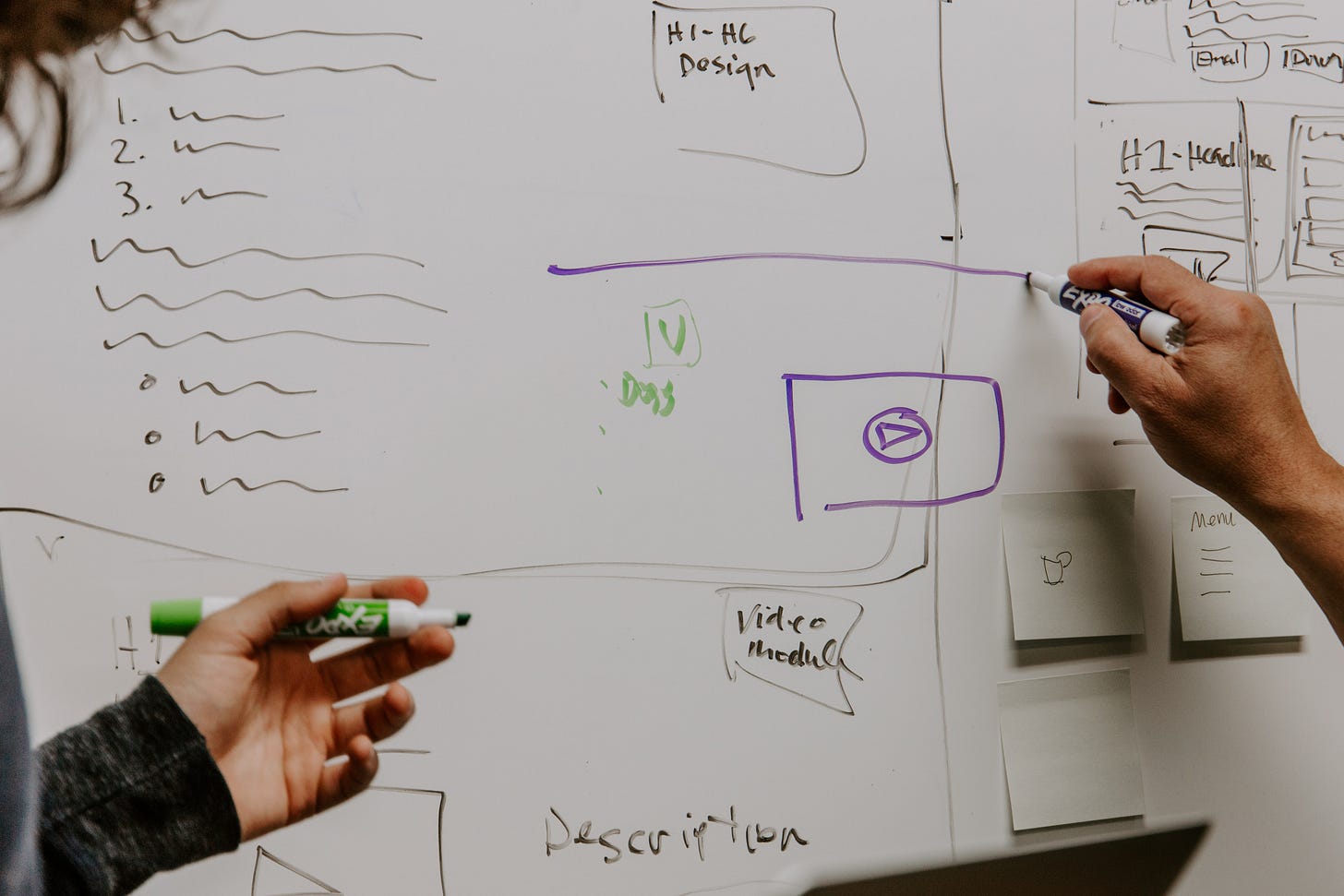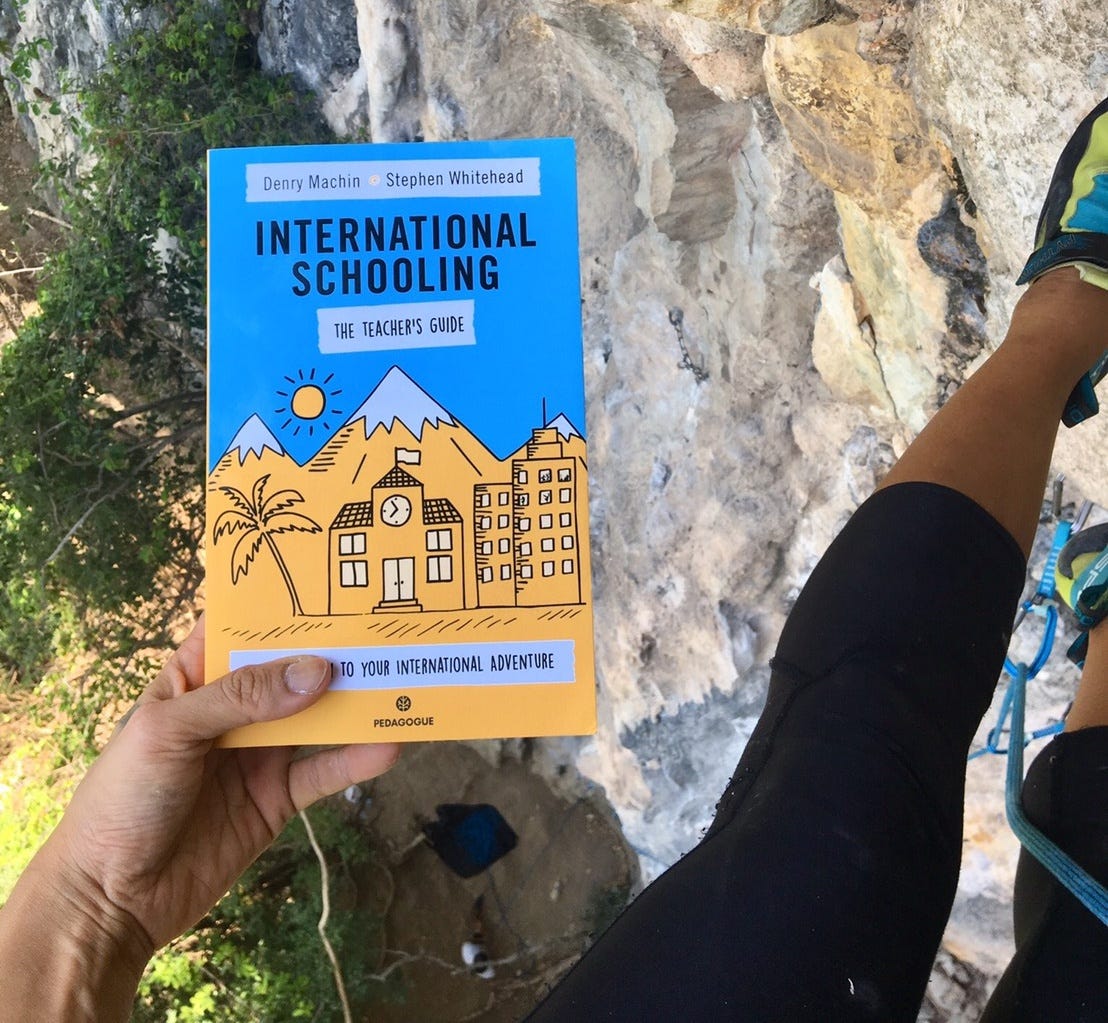Project-Based Learning
Developing Collaboration Skill
Developing Students’ Collaboration Skills Through Project-Based Learning in Statistics
Article by Desyarti Safarini (Sampoerna University)
To succeed in the era of Industrial Revolution 4.0, the Indonesian youth generation has to possess essential skills to answer future challenges and to compete globally in the real working world.
Thus, teachers are required to design and implement new models of learning which encourage students to develop 21st-century skills.
Yet most teachers still focus only on students’ academic achievement, and only a few of them who have attention to students’ 21st-century skills. In many common situations, students do their own tasks and get their own scores. This kind of learning model does not prepare students well to face challenges in the real working place, where they are required to work on teams to accomplish complex tasks.
Real project work often requires individuals to demonstrate strong collaboration skills, working productively on a team and effectively incorporating individual ideas to complete the project.
Therefore, teachers are required to design learning activities that can develop students’ collaboration skills. Teachers also need a framework as their reference in designing the learning activities and examining students’ collaboration skills.
This article aims to describe how students’ collaboration skills develop through Project-Based Learning (PBL) in statistics. The statistics topic was selected because it has many real-life applications that offer more flexibility for students to generate ideas in determining the project’s topic. The study underpinning the piece was conducted in a public senior high school in Jakarta where most of the teachers did not pay much attention to students’ collaboration skills.
The design of learning activities and the rubric of collaboration skills were adopted from the 21st Century Learning Design (CLD) framework developed by SRI International in collaboration with Microsoft Partners in Learning (2012). In this study, students were carrying out the project with the theme “Statistics in School”. During the project, students were able to apply statistics concepts through data collection, data representation, and data analysis.
SRI International was funded by Microsoft Partners in Learning to develop a framework namely the 21st Century Learning Design (CLD) that used for the Innovative Teaching and Learning (ITL) research project (2012). The purpose of the 21st CLD framework is to help teachers design learning activities that give students opportunities to build 21st-century skills. The 21st CLD framework contains rubrics that examine 21st-century skills: collaboration, knowledge construction, self-regulation, real-world problem solving and innovation, the use of ICT for learning, and skilled communication. There are two types of rubrics to examine each skill: the learning design rubric, and the student work rubric.
In particular, the purpose of the collaboration- learning design rubric is to help teachers to identify and understand the opportunities that learning activities give students to build collaboration skills. Whereby the purpose of the collaboration- student work rubric is to determine how strongly student work demonstrates collaboration skill.
Based on the preliminary observations in a mathematics classroom at one of the public schools in Jakarta, it was found that the teacher has designed the learning activities which provide opportunities for students to work together to solve mathematics problems. The students were encouraged to share responsibilities while doing group discussions. The design of the learning activities has achieved level 3 of the collaboration- learning design rubric. But in fact, most of the students did not share responsibilities during group discussion. They rely on high achievers to solve the given problems. Thus, it can be concluded that the students’ works we’re only in level 2 of the collaboration- student work rubric. Meaning that students did not get sufficient reinforcement to do collaboration through group work activities. Therefore, the teacher may need to revisit other learning activities that can be better in developing students’ collaboration skills to the fullest level.
PBL can develop students’ ability to collaborate and resolve conflicts. As students work on the project, students develop the fundamental skills of productive communication, respect for each other, teamwork while generating ideas together, and negotiation to solve problems. The National Council of Teachers of Mathematics (NCTM) Principles and Standards for School Mathematics (2000) also support inquiry, or discovery-based learning, which are part of PBL components. Students are actively engaged in PBL that promotes the inquiry of new knowledge, experiences, and skills in mathematics. In addition, students gain important skills and problem-solving, reasoning, and communicating mathematics, while learning how to conduct a project, manage resources, and collaborate with each other.
Moreover, by referring to the Regulation of the Minister of Education and Culture of the Republic of Indonesia number 69 the Year 2013, it is stated that one of the characteristics of the 2013 Indonesian curriculum is the learning activities must encourage students to develop their positive attitudes, knowledge, and essential life skills, and apply them in the real situations within schools and communities. Thus, it is relevant for the teacher to use PBL in order to develop student’s collaboration skills as well as they’re applying their knowledge in the real situation in the school contacts.
This study uses qualitative descriptive research in order to describe and compile in-depth information about the development of students’ collaboration skills through PBL in statistics topics. The qualitative descriptive study was to gain a deep understanding of how strongly student work demonstrates collaboration skills for PBL. Students’ collaboration skill was examined by using the collaboration- student work rubric adopted from the ITL research project (2012). Thus, the researcher has categorized the data as follows: (1) students are working together; (2) students are sharing responsibility fairly; (3) students are making a substantive decision together; (4) students' work product is interdependent.
Based on the results and discussion of this study, it can be concluded that students’ collaboration skills have developed to the highest level of the 21st-century students’ collaboration skills, through Project-Based Learning in statistics topic.
At level 5 students’ collaboration skills, students have sharing responsibility fairly, they were making a substantial decision together, and the project-product was interdependent. Students’ collaboration skills can be seen when students work effectively in groups, like respecting other people’s opinions, solving problems with mutual agreement, contributing and being responsible for group assignments, and open-minded to different ideas or perspectives.
In addition, students have experienced as independent learners through PBL implementation in statistics topic. Students build their own understanding of these statistics concepts through their projects. Students learning through PBL retain content longer and have a deeper understanding of what they are learning. This study has shown that through PBL in statistics topic, students were able to develop their collaboration skills to the fullest level as well as to apply statistics in real-life situations.
Desyarti Safarini (Sampoerna University)
Desyarti is a mathematics lecturer at Sampoerna University. She got a Magister degree majoring in Applied Mathematics from the Graduate School of Institut Pertanian Bogor in 2009. She is now a Doctoral Candidate at the Graduate School of Universitas Pendidikan Indonesia, majoring in Mathematics Education. Desyarti’s fields of interest are Mathematics Education and Applied Mathematics. Her research includes problem-solving and project-based learning in mathematics, using technology and active learning in teaching mathematics, and applied mathematics. She aims to teach students about applying mathematics in the real world to inspire her students and future generations of mathematics learners in Indonesia.
INTERESTED IN INTERNATIONAL EDUCATION?
The Teacher’s Guide is getting around! Seen here up a cliff face in Thailand. When we said ‘a companion to your international adventure’ we didn’t quite mean literally!
Grab a copy to take on your own adventure.



